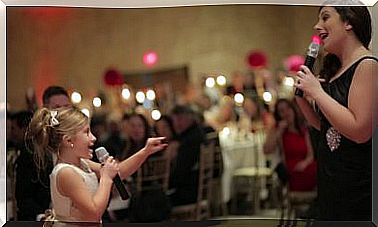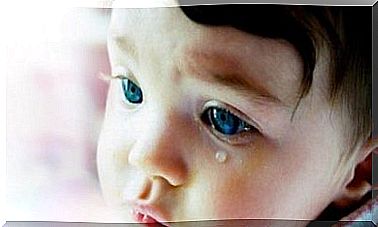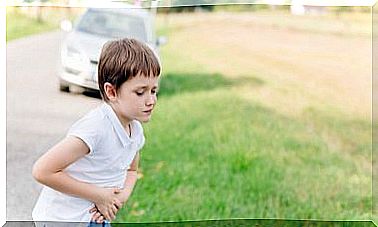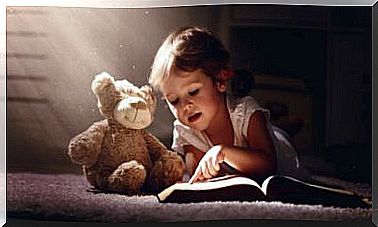Improvisational Theater, A Mindfulness Exercise For Children
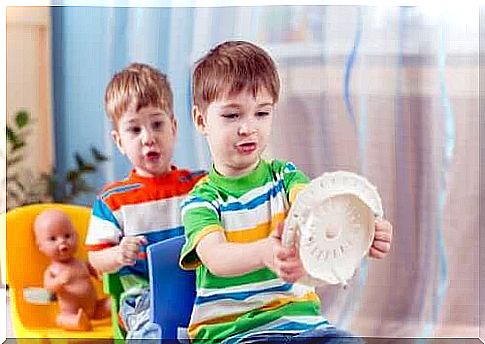
Improvisational theater for children can be used as a powerful tool in the upbringing, education and development of children. The improvisation techniques they learn give them a comprehensive knowledge of theater and acting. In addition, these techniques are also a valuable resource in daily life for the children.
When children act and improvise in school or in their free time, these activities greatly encourage their creativity. They also improve their thinking skills and learn to use their bodies as a means of expression.
Improvisation is at the heart of every creative process. When children learn and use this technique, they can discover a world of possibilities and also learn more about their environment, their classmates and also about themselves.
Ultimately, improvisational theater is a game where there are certain rules that children have to follow. In this game you can immerse yourself in emotions, feelings and reality. Since improvisation is a focus on the “here and now”, this activity can also be understood as an exercise in mindfulness.
Improvisational theater for children
First of all, children should learn to improvise through improvisation exercises. But other goals are also being pursued. In today’s article we will show you which important goals should be achieved with each exercise.
It is important to remind the children that the most important thing during improvisation is to “let things go”. This will help them understand that there are times when we shouldn’t think too much and instead just let things happen.
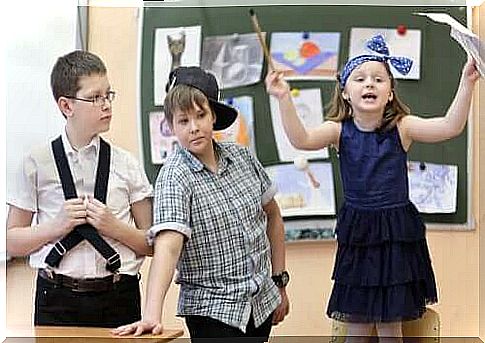
Group improvisation with music
- Number of children : There should be at least four children in the group.
- Age : From the age of four.
- Recommended duration : five minutes. If the group consists of more children, the exercise should take longer.
- Objective of improvisation : Developing physical expression through music. The children should learn to discover and understand musical rhythms with their bodies. In addition, the children should simply let themselves be carried away and inspired by the music. They also observe other children.
For this exercise, you should choose a lively song. The children stand in a circle. At the beginning you ask them to imitate your movements. Move to the rhythm of the music, making sure that you make simple and repetitive movements that the children can imitate.
Then the children take over your role. Each child moves to the rhythm of the music and the other children have to imitate these movements. Keep doing the exercise until it was each child’s turn.
If the children are having difficulty moving about freely, you should remind them that when improvising, the important thing is not to think about it for long, but simply to follow the rhythm of the music.
Improvisational theater for children: exploring the space
- Number of children : There should be at least four or five children in the group.
- Age : From the age of six.
- Recommended duration : ten minutes. If the group consists of more children, the exercise should take longer.
- Objective of improvisation : During this exercise, the children should pay attention to their physical and emotional state. They should also come into contact with other children. While expressing their own emotions, they should also discover and observe the feelings of others at the same time.
The children should use the entire stage for this exercise. There are a few basic rules you need to follow. You should try to take up the whole room. They should also be at the same distance from each other. This means that they should neither be too close together nor too far apart.
As the children move around on the stage, give them some instructions. These could be as follows:
- Move in silence and concentrate fully on yourself. Observe how you are feeling and be careful not to bump into others.
- Keep moving and start looking your classmates in the eyes now. Think about how you are feeling and what your eye contact triggers in the other person.
- When the children hear a clap, they should say hello to the child who is closest to them. Start with a brief greeting and encourage the children to intensify the greeting each time they clap.
- You can also ask the children to express different emotions while running: joy, sadness, anger, or fear.
The static scene
- Number of children : There should be at least four children in the group.
- Age : From the age of six.
- Recommended duration : Between 15 and 20 minutes. If the group consists of more children, the exercise should take longer.
- Objective of improvisation : Working in silence. Create your own characters and a group scene. Let the children learn to do more than just observe appearances. They should also cooperate with other children and make agreements. In addition, they learn how to deal with physical expression.
First you divide the children into two groups. If you want more children to take part in improvisational theater, you can also form more than two groups.
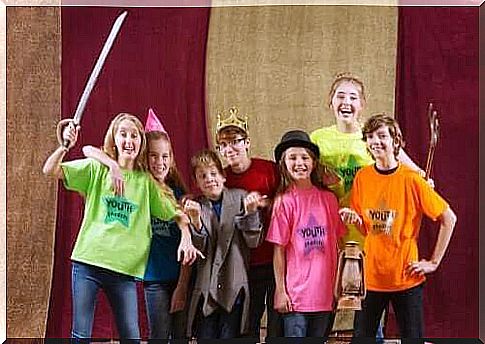
This exercise is a group work. Have the children create a static scene (like a 3-D photo) together. While one group creates their scene, the other children turn and wait in silence. When the picture is finished, the other children turn around again and still look at the depicted scene in silence.
In order to create this static scene, the children must first agree on which scene they want to portray, who will play what role and who will portray what exactly.
After the rest of the children have watched the scene in silence for a while, they are allowed to raise their hands and make guesses about what the scene is supposed to represent. You can guess which characters to portray, what they’re doing, and what the entire scene is about.
Finally, the children who depicted the static scene begin to move. In this way, they can give their classmates an indication of what the scene was about. In addition, they are now allowed to explain to their classmates what they wanted to represent. In addition, they can compare what the actors wanted to portray and what their classmates actually saw.
Improvisational Theater: Final Thoughts
When doing these improvisation exercises with children, you should make sure that they learn to be mindful as you go. This mindfulness relates to both the children’s own feelings and thoughts and the thoughts and feelings of their classmates.
In addition, students should learn to be just as careful and benevolent of themselves as they are of others. There is no place for evaluations and judgments. Ultimately, the aim of improvisational theater is that the children get excited and carried away by these new sensations.
